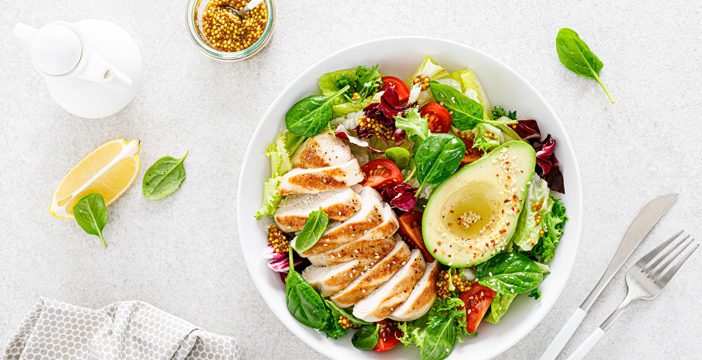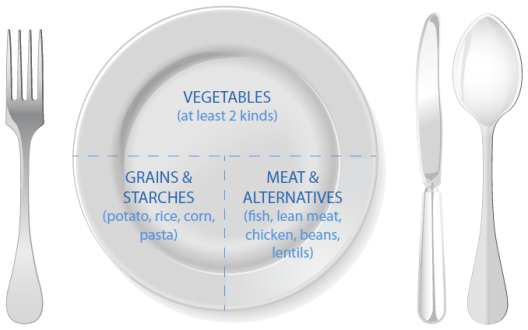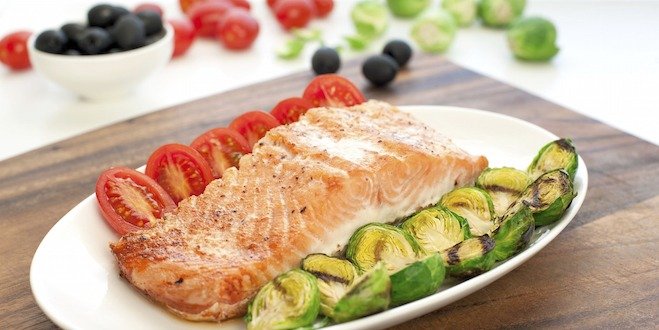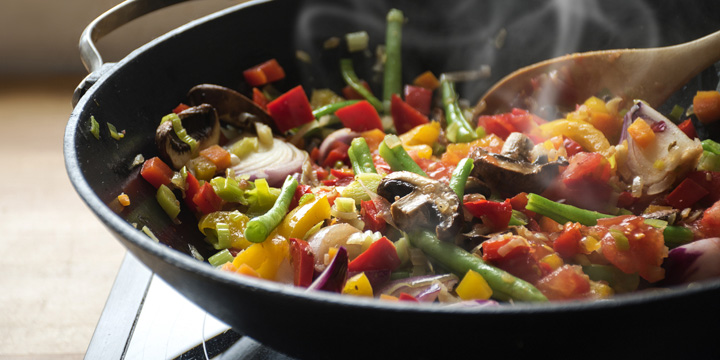
The foods you eat are a big part of managing type 2 diabetes. This is because certain foods, especially foods that contain carbohydrates, can affect your blood sugar levels more than others. High blood sugar levels can contribute to health complications including heart disease, kidney disease and vision problems. While there aren’t many foods you need to avoid entirely, there are some you should eat more often and some less often to help you live healthier with diabetes. Read on and learn about foods that will help you manage type 2 diabetes.
What is the best diet for people with type 2 diabetes?
There is no ‘one-size-fits-all’ eating pattern for people living with diabetes. What works best for some may not work best for others. Finding the right foods or eating pattern for you isn’t as tricky as you might think; you can still enjoy food while managing diabetes. Many different eating patterns and diets – including Mediterranean, low-carbohydrate, DASH (Dietary Approaches to Stop Hypertension) and vegetarian – can be helpful. Be sure your meal plan choices are sustainable and easy to follow. Diets that are too restrictive or don’t fit your lifestyle can be much more difficult to stick with in the long run.
What are the best diabetes-friendly foods?
Eating patterns such as the DASH and Mediterranean diets emphasize plant-based foods and proteins with a low-saturated fat content. These foods are full of vitamins, minerals, fibre and healthy fats, giving you the nutrition your body needs while limiting less healthy sugary and fatty foods. Diabetes-friendly foods include:
- Fruits (apples, oranges, berries, melons, pears, peaches)
- Vegetables (broccoli, cauliflower, spinach, cucumbers, zucchini)
- Dried legumes (beans, lentils, chickpeas)
- Whole grains (barley, quinoa, oats, brown rice, couscous)
- Nuts and seeds (almonds, walnuts, pistachios, macadamia nuts, cashews, chia seeds, pumpkin seeds, flaxseeds, hemp seeds)
- Olive oil
- Fish and shellfish
- Skinless poultry and lean cuts of red meat
- Tofu and tempeh
- Dairy products (mainly yogurt and cheese) in moderate amounts
If carbohydrate-containing foods raise blood sugar levels, can I still eat them?
Many foods contain carbohydrates, including wheat, rice and other grain-based foods, dried beans and lentils, potatoes and other starchy vegetables, fruit and fruit juice, milk and yogurt, desserts, sweetened beverages and most processed snack foods. There is no need to avoid carbs when you have type 2 diabetes.
The type of carbohydrate you eat can determine how much it will raise your blood sugar. Some carbohydrate foods – such as sweets and juice – are converted to sugar very fast, resulting in higher blood sugar levels. Other carbohydrate foods – such as oats and legumes – are digested more slowly, releasing sugar gradually into the blood stream; these foods have a lesser effect on your blood sugar. However, it’s important to remember that the amount of carbohydrate you eat can have a greater influence on your blood sugar than the type of carbohydrate you eat. You can use the plate method to guide your portion sizes.

Some people may choose to follow a low-carbohydrate meal plan. This meal plan emphasizes the following:
- Vegetables that are low in carbohydrate (such as salad greens, broccoli, cauliflower, cucumber, cabbage)
- Healthy oils
- Protein foods, including lean meat, poultry, fish, shellfish, eggs and cheese
- Nuts and seeds
For optimum health, eating a wide variety of foods helps to ensure you get the key nutrients you need.
Before embarking on a low-carbohydrate diet, consult your diabetes healthcare team as you may need to change your diabetes medication to avoid blood sugar dropping too low.
Are there foods I should avoid with type 2 diabetes?
People living with type 2 diabetes should limit the same foods that are less healthy for anyone, including people who don’t live with diabetes. Too much sugar, saturated fat and trans fat can lead to heart problems. Limiting foods high in saturated fat and added sugar and avoiding trans fats altogether can help support better blood sugar management and prevent heart disease.
Here are some of the foods to limit with type 2 diabetes:
- Sweets (candy, cookies, baked goods, ice cream, desserts)
- Sugary beverages (juice, regular soda, iced tea, sports drinks)
- Sugary sweeteners (sugar, brown sugar, honey, maple syrup)
- Highly-processed foods (processed meats, convenience meals)
- Trans fats (read the nutrition label and avoid foods with partially hydrogenated oil)
- High-fat meat (fatty cuts of pork, beef and lamb, poultry skin)
- Full-fat dairy products (whole milk, butter, cheese, sour cream)
Need a handy chart to help guide your food choices?
In this invaluable chart are some recommendations for foods to choose most often and foods to choose less often. By incorporating these recommended foods into your diet, you’re not only taking charge of your blood sugar levels but also fostering a positive impact on your overall health.
No single diet or eating pattern works for everyone with diabetes, and no foods are completely off-limits. Choosing healthy foods, following a healthy meal plan, being physically active and tracking your blood sugar are some of the most important steps you can take to help you stay healthy. Talk to your healthcare team to figure out a plan that helps you meet your health goals, includes foods you like to eat and fits your lifestyle.



